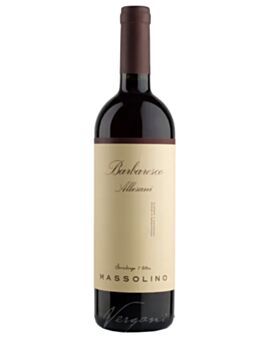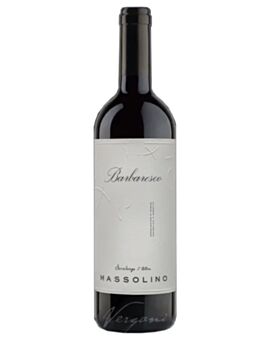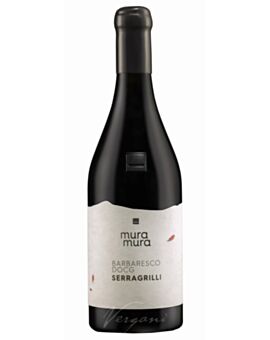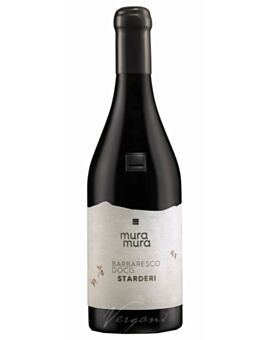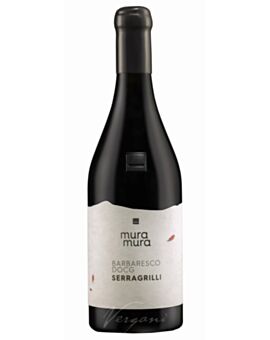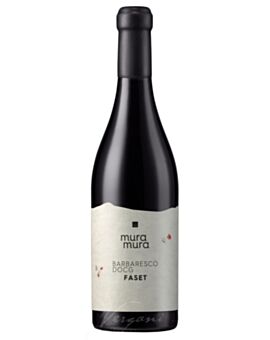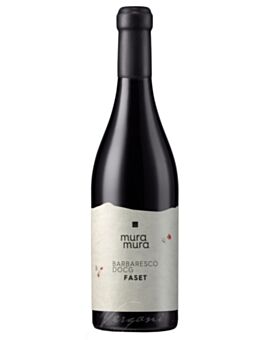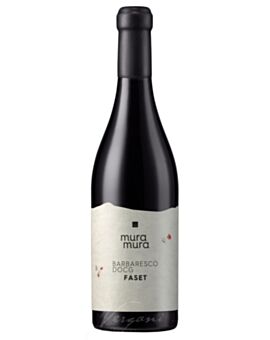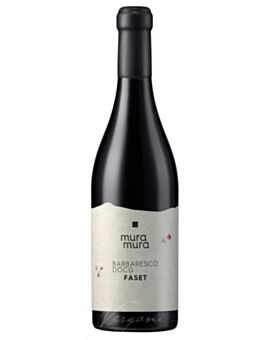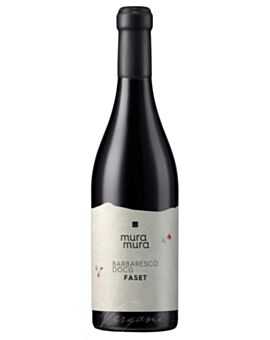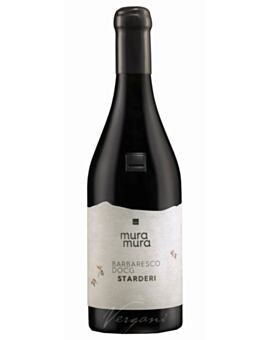Barbaresco DOCG
Barbaresco DOCG
Only 20km as the crow flies separate the two great Nebbiolo regions in Piedmont: Barolo and Barbaresco. The village of Barbaresco, with 700 inhabitants, is located about 5km northeast of the town of Alba on the Tanaro River in the famous Langhe region.
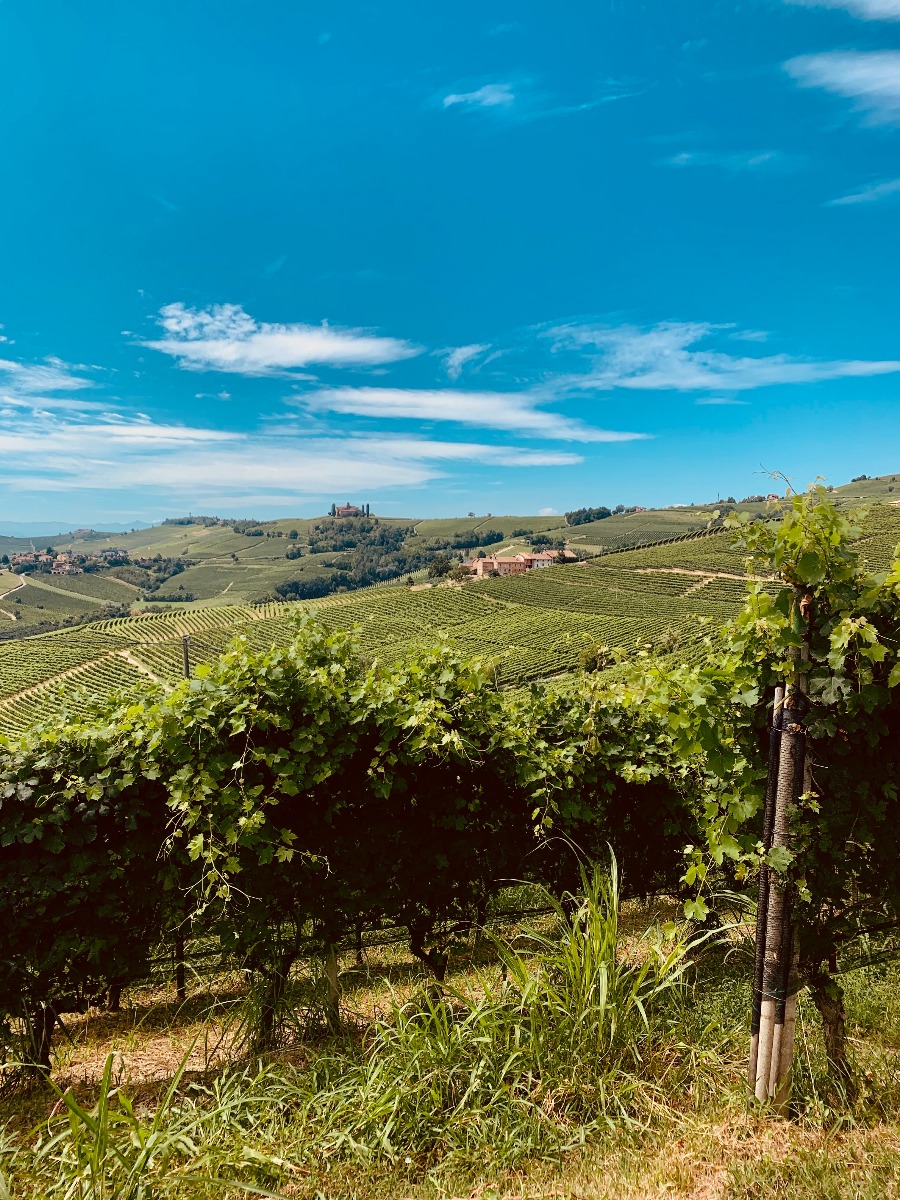
The Barbaresco DOCG is often called the little brother of the Barolo DOCG and the two wines are not only connected by the same grape variety. But the big one, Barolo, is weightier, it has the longer tradition, has stricter rules and a larger growing area. Its little brother is a little less powerful and, wrongly, a little less famous. It, too, is a noble wine from Piedmont, vinified dry, but due to the lower altitude of its hills it ripens a little faster and its soils have a different minerality than Barolo. This makes it less tannic, more velvety and more accessible. The birth of Barbaresco DOCG is considered to be the founding of the Cantina Sociale di Barbaresco in 1894, when the united producers brought the first wines with the name Barbaresco to the market. Before that, the region's Nebbiolo harvests in the Langhe flowed into nearby Barolo. In the 1920s, however, the cantina had to close; phylloxera and the economic crisis after the First World War also took their toll on the production of red wine. It was not until 1958 that a new community came into being with the Produttori del Barbaresco cooperative, which today has 60 members and cultivates more than half of the area. In 2007, the DOCG Barbaresco was the first wine-growing region in Italy to introduce a legally defined vineyard cartography, with Barolo following suit only three years later. The cooperative is one of the most important winegrowers' associations in Italy. A well-known name in Italian wine has contributed a lot to this: Angelo Gaja. As an innovative and energetic fourth-generation scion of the winery of the same name, he stands for modernity; he kissed the Barbaresco DOCG awake from its slumber, so to speak. He brought a breath of fresh air into the cellars, pressed red wines from single vineyards, vinified them in French barriques and brought wines with international grape varieties onto the market that caused a sensation worldwide. The name Barbaresco became a quality predicate for red wine from the Langhe. The Barbaresco growing area is tiny and consists of only 500 hectares, with the three villages of Barbaresco, Neive and Reiso. According to DOCG regulations, a Barbaresco DOCG must be made from Nebbiolo, aged for at least 26 months, nine of them in wooden barrels. A Riserva is even aged for 50 months before it can be sold. At around 10 to 15 years, it has less storage potential than Barolo, and after 5 years of ageing it is perfect. The little king brother impresses with its balance of alcohol, tannin and acidity, a fine berry aroma and a bright, orange-red colour.

